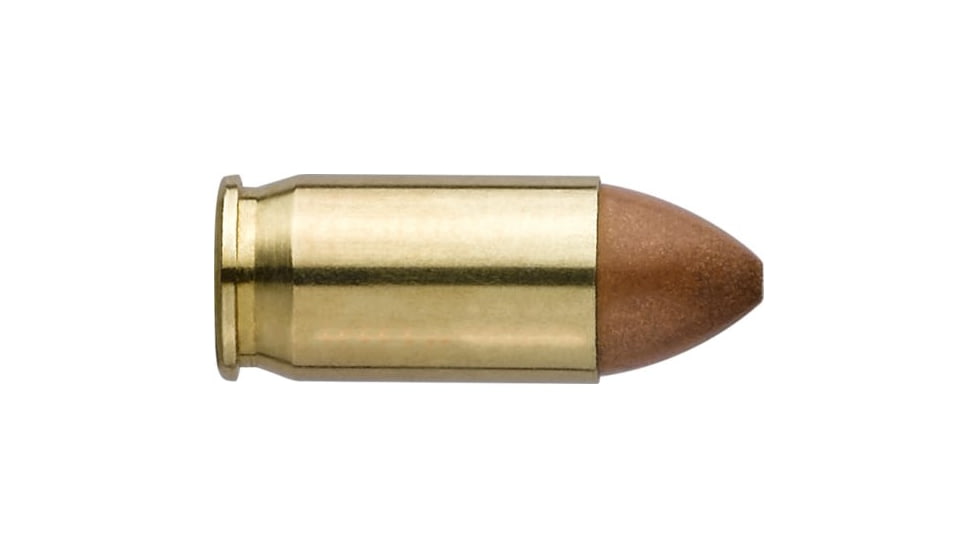![]()
For a business like OpticsPlanet, one common question we often get is: What’s the difference between .380 Auto and .380 ACP?
When thinking about 380 ACP vs 380 Auto, the short answer is... there is no difference! There’s only one .380 cartridge, and it’s .380 ACP. Sometimes it’s abbreviated as .380 Auto or just .380.
Still, it’s a fair question to ask because sometimes, you might see two types of ammo that are the same size but they're different cartridges. Other times, you might see two rounds with different names that are the same cartridge. Needless to say, these inconsistencies can make shopping for ammo confusing. Allow me to explain why.
First off, there’s no formalized process for naming a cartridge -- a cartridge being a specific ammunition design (bullet and case). One possible explanation for this is that the Bureau of Alcohol, Tobacco, Firearms, and Explosives doesn’t have any rules for labeling ammunition other than marking it as armor-piercing (if it is armor-piercing). At least, there aren’t any other labeling rules listed on their website.
Additionally, the Sporting Arms and Ammunition Manufacturers’ Institute, or SAAMI, the trade association that serves as a non-government regulator for the ammo industry, leaves the cartridge's name up to the manufacturer that creates it. SAAMI’s only suggestion is that the name shouldn’t jeopardize safety. In turn, they suggest manufacturers provide caliber and ballistics data on the box.
With that said, ammunition is traditionally identified by its size, and that number is listed in either millimeters or inches. If it’s in inches (specifically, fractions of an inch), it is referred to as caliber. In this case, .380 is the caliber. The name that usually follows the caliber is decided by the manufacturer. More often than not, they just tack on the company name.
For .380 ACP, the “ACP” means Automatic Colt Pistol. The cartridge was designed in the early 1900s by famed Mormon gun maker John Moses Browning. He named the cartridge after the type of gun it was meant to feed: an automatic (or semi-automatic) Colt pistol. However, some manufacturers today abbreviate .380 ACP by calling it .380 Auto. This is also true for .45 ACP or .45 Auto (but not .45 Long Colt). Also, like other cartridges, .380-caliber ammo varies by brand, weight, and bullet design, but any .380 ACP or .380 Auto round will fire out of a .380-caliber firearm.
There’s another confusing aspect that isn’t immediately apparent. While .380 is almost always referred to as a caliber, every once in a while you might hear it as a metric. It’s called 9mm, the most common pistol size in the world. The difference between .380 ACP and a common 9mm Luger (or Parabellum) round is the .380 cartridge has a smaller casing, which holds less powder, so it’s less powerful. The 9mm nomenclatures that equate to a .380 ACP include 9x17mm, 9mm Browning Short, and 9mm Kurz. While the ammo is uncommon in the U.S., you might find firearms with those markings. For more information on this subject, check out our guide: Understanding Calibers and Bullet Sizes.
Understanding how to buy ammo is an important part of shooting because if you load the wrong kind you could damage your gun or injure yourself. The safest course to take is to make sure the label on the box of ammo matches the markings on your firearm.
If you're shopping for ammo, check the great selection of .380 ACP and more on OpticsPlanet!










